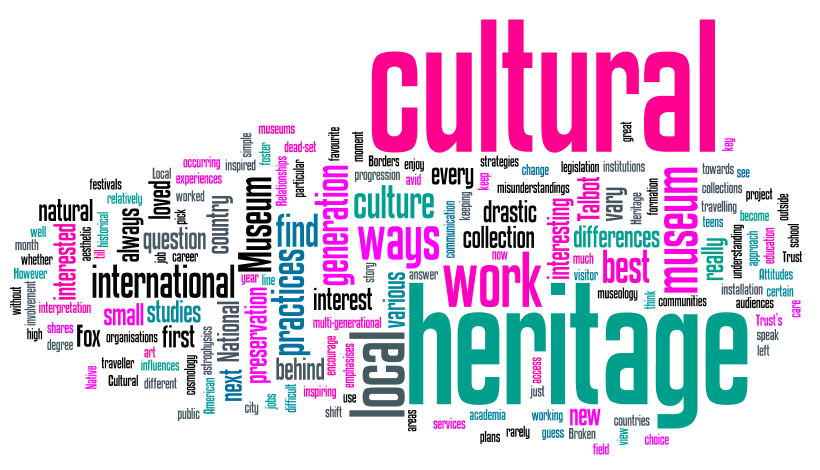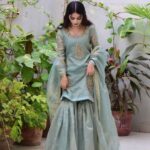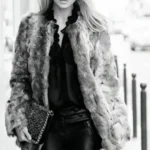The Evolution of East Fashion: A Blend of Tradition and Modernity
Fashion is a powerful form of expression that transcends cultures and eras. In recent years, the concept of East fashion has gained significant traction, showcasing an amalgamation of traditional craftsmanship and contemporary trends. This article delves into the nuances of East fashion, exploring its roots, evolution, and the unique experiences it offers to both designers and consumers.
Understanding East Fashion
What is East Fashion?
East fashion refers to the clothing styles, design philosophies, and cultural influences originating from Eastern countries, particularly in Asia. This includes nations like China, Japan, India, and Southeast Asian countries, each with its rich tapestry of textile, technique, and aesthetic.
The Significance of Cultural Heritage
- Traditional Techniques: Many East fashion designers incorporate age-old techniques such as hand embroidery, dyeing, and weaving.
- Cultural Narratives: Each piece often tells a story or reflects the socio-cultural backdrop of its origin.
- Sustainability: There is a growing emphasis on sustainable practices, often inspired by traditional methods that prioritize harmony with nature.
The Journey of East Fashion
Historical Context
Pre-Colonial and Colonial Influences
The roots of East fashion can be traced back to pre-colonial times, where local craftsmanship thrived. Colonial periods, however, introduced Western styles, leading to a fusion that reshaped traditional attire.
Post-Colonial Renaissance
The post-colonial era marked a renaissance in East fashion, as designers began to reclaim their cultural identities and blend them with modern aesthetics.
Contemporary Trends
Globalization and East Fashion
With globalization, East fashion has found a new audience. Designers are not only catering to local markets but are also gaining international acclaim.
Influences from Western Fashion
The interplay between Eastern and Western styles has led to innovative designs that resonate with diverse audiences. Key elements include:
- Streetwear: Incorporation of urban styles with traditional motifs.
- Luxury Fashion: High-end brands are collaborating with Eastern designers to create exclusive lines.
Key Features of East Fashion
Distinctive Elements
- Textiles: Rich fabrics like silk, cotton, and linen are commonly used.
- Color Palette: Vibrant colors and intricate patterns dominate the East fashion landscape.
- Silhouettes: Flowing garments with unique cuts that reflect both comfort and elegance.
Popular Trends
- Street Style: A blend of casual wear with traditional accessories.
- Eco-Fashion: Designers focusing on sustainable practices and ethical sourcing.
- Gender Fluidity: Increasingly, East fashion is embracing gender-neutral designs.
Notable East Fashion Designers
Influential Figures
1. Issey Miyake (Japan)
Known for his innovative pleating techniques and technology-driven designs, Miyake has redefined contemporary Japanese fashion.
2. Manish Arora (India)
Arora’s vibrant colors and whimsical designs celebrate Indian culture while appealing to global trends.
3. Guo Pei (China)
Famous for her opulent gowns, Guo Pei blends traditional Chinese aesthetics with high fashion.
The Experience of East Fashion
Engaging with the Culture
Consumers today are looking for more than just clothing; they seek an experience that connects them to a culture. East fashion offers:
- Cultural Events: Fashion shows and exhibitions that highlight the artistry behind the designs.
- Workshops: Opportunities to learn traditional techniques from skilled artisans.
The Role of Technology
E-Commerce and Social Media
The rise of e-commerce platforms and social media has revolutionized the way East fashion reaches consumers. Designers leverage these tools to share their stories and connect with a global audience.
Frequently Asked Questions (FAQs)
What are the main influences in East fashion?
East fashion is influenced by cultural heritage, historical contexts, and contemporary global trends. The fusion of traditional techniques with modern styles creates unique pieces.
How does sustainability play a role in East fashion?
Many East fashion designers prioritize sustainable practices by using eco-friendly materials and traditional methods that respect nature.
Who are some emerging East fashion designers to watch?
Emerging designers like Kiran Uttam Ghosh from India and Yumi Katsura from Japan are making waves in the fashion industry with their innovative designs and cultural narratives.
What are the key features of East fashion?
Key features include distinctive textiles, vibrant colors, intricate patterns, and unique silhouettes that reflect both tradition and modernity.
Conclusion
East fashion is a dynamic realm that beautifully merges tradition with contemporary flair. As it continues to evolve, it offers unique experiences that resonate with diverse audiences around the world. By embracing its rich heritage and innovative spirit, East fashion not only captivates the eye but also tells compelling stories that celebrate culture, identity, and creativity.



